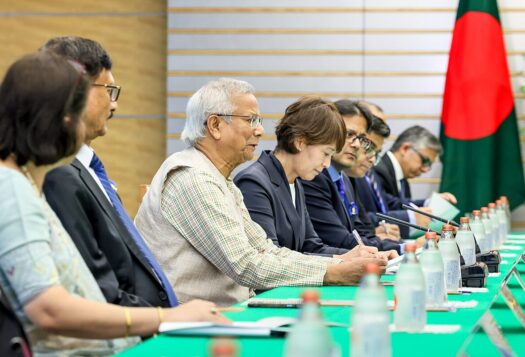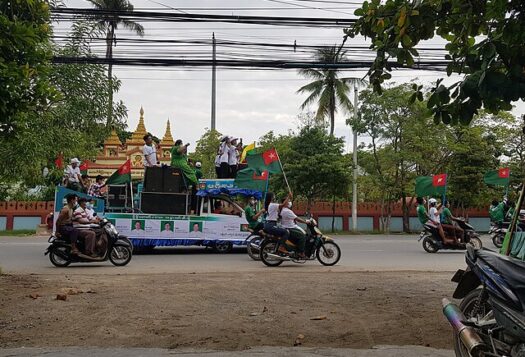
India’s 2017 budget proposes some key measures that are likely to increase the ease of doing business in the country and help smaller businesses grow over time across various sectors. The government has used this budget to project itself as an enabler rather than just a regulator.
Key Positives
For those earning between Rs. 2.5-5 lakh, the income tax rate has been reduced to 5 percent (Table 1 offers more details). This is good news – lowering the tax rate for the low and middle income group is likely to bring more taxpayers under the tax base by reducing incentives to evade taxes. Additionally, those earning above Rs. 50 lakh a year will have to pay a surcharge of 10-15 percent over and above the taxes they owe.
Table 1: Income Tax Rates, Slabs, and Tax Returns Filed
| Income Slabs (per annum) | Number of Taxpayers who Filed their Tax Returns in 2015-16 (in millions) | Income Tax Rate (% of income) |
| Less than Rs. 2.5 lakh | 9.9 | Nil |
| Rs. 2.5-5 lakh | 19.5 | 5% |
| Rs. 5-10 lakh | 5.2 | 20% |
| Rs. 10-50 lakh | 2.23 | 30% |
| Above Rs. 50 lakh | 0.17 | 30 % + [10% surcharge for taxable income between Rs. 50 lakh and Rs. 1 crore and 15% for above Rs.1 crore] |
Sources: Budget Speech; Data on number of taxpayers from Mint article
On the capital investment side, the decision to abolish the Foreign Investment Promotion Board (FIPB), which vets foreign direct investment (FDI) proposals, is likely to increase the procedural ease for the rest of the world to invest in the Indian economy. A one-stop shop process will allow for an easier FDI application procedure, which will increase the volume of capital inflows into the country and potentially boost the “Make in India” plan. The move will also help bridge the savings-investment gap in India by increasing the volume of foreign investment at a time when private domestic investment levels have remained low. The 25.4 percent increase in overall capital spending and emphasis on development of infrastructure such as roads, railways, waterways, and civil aviation will drive economic growth through capital accumulation and integrate supply chain systems in commodity and capital markets across the country.
Other measures such as reducing the income tax for smaller firms, providing tax relief for small businesses that use cashless systems, and encouraging the electronic manufacturing base via schemes like the Electronic Development Fund will strengthen the micro, small and medium enterprises (MSME) industrial base. These are steps forward, yet they need to be complimented by the measures recommended in the Economic Survey of 2017, specifically in the chapter on creating a robust base for the low-skill manufacturing labor force by promoting industries such as textiles, leather, and handicrafts.
Additionally, restrictions on cash contributions to political parties over Rs. 2,000, and the launch of electoral bonds by the Reserve Bank of India (RBI) will add legitimacy to the process of political funding.
Shortcomings
A few unanswered questions emerged from a closer reading of the budget. The issue of under consumption across various sectors (especially post demonetization) remained unaddressed. The budget also failed to present a clear roadmap for an inclusive job creation process for the youth beyond a broad discourse on the need for youth skills training in India. As per the recently released Economic Survey report, for India to pull itself out of absolute poverty, it is critical to make the most of its “demographic dividend” before 2020.
On social progress, as I’ve discussed elsewhere, the budget failed to provide an outcome-based impact assessment of existing social welfare schemes before announcing an increase in rural spending. This begs the question of whether an increase in fiscal outlay will actually lead to desired outcomes. A case in point is how the issue of fertilizer and food subsidies, “totaling more than Rs. 215,000 crore plus pending bills of about Rs. 80,000 crore,” was ignored in the budget, which remains marred by high inefficiencies and leakages.
Despite shortcomings with respect to fiscal expenditure, the budget offers positive steps and proposals on the fiscal revenue end, which is crucial in post-demonetization India. These steps, assuming the smooth passage of the Goods and Services Tax (GST), formalize India’s market economy and strengthen its global image as an important hub for foreign investment.
***
Image: Flickr, Sangboo Nam


